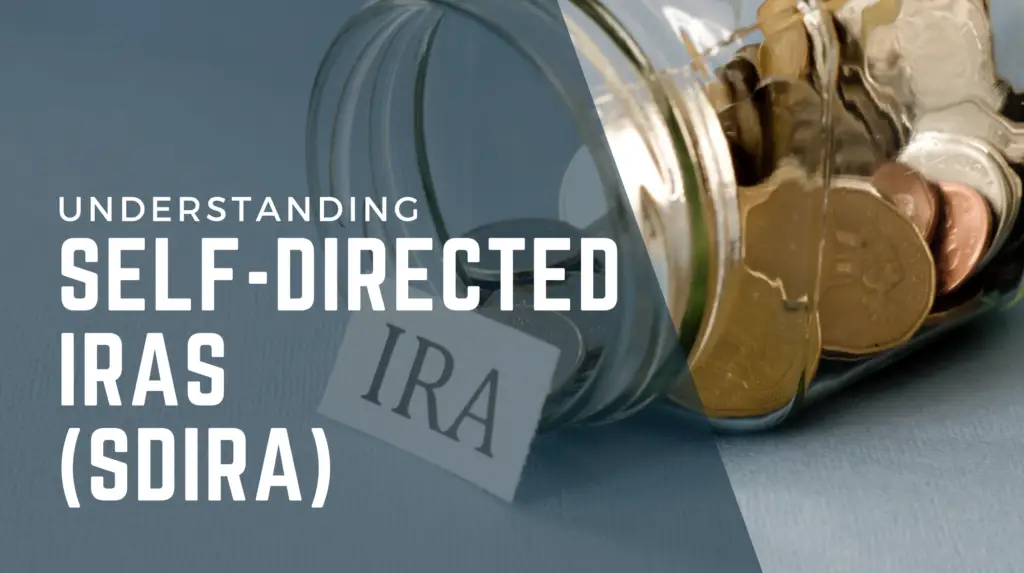Individual Retirement Accounts (IRAs) have long been a staple for individuals saving for retirement. Traditional and Roth IRAs offer various benefits, including tax advantages and ease of management. However, for those looking to take a more active role in their investment portfolios and potentially maximizing returns, investing in real estate with a self directed IRA is a strategy that may help you grow your retirement savings.
Understanding Self-Directed IRAs
Self-directed IRAs (SDIRAs) are a specialized type of retirement account that allow investors to have greater control over their investment choices compared to traditional IRAs. While conventional IRAs typically limit investments to stocks, bonds, mutual funds, and other conventional assets, SDIRAs expand the menu of options to include alternative investments such as real estate, private equity, precious metals, and even cryptocurrencies.
Benefits of Self-Directed IRAs
- Diversification: One of the primary advantages of SDIRAs is the ability to diversify your retirement portfolio beyond traditional asset classes. By including alternative investments, investors can potentially reduce overall portfolio risk and enhance returns, especially during periods of market volatility.
- Potential for Higher Returns: Alternative investments often offer the potential for higher returns compared to traditional assets. Real estate, for example, has historically provided strong long-term appreciation, while private equity investments can deliver substantial gains for savvy investors.
- Hedge against Inflation: Certain alternative investments, such as precious metals and real estate, have historically served as effective hedges against inflation. Including these assets in a self-directed IRA can help preserve purchasing power and mitigate the erosive effects of inflation on retirement savings.
- Greater Control and Flexibility: With a self-directed IRA, investors have the autonomy to choose specific assets that align with their investment goals, risk tolerance, and expertise. This level of control empowers investors to capitalize on unique opportunities and adapt their portfolios to changing market conditions.
- Tax Advantages: Like traditional and Roth IRAs, self-directed IRAs offer tax-deferred or tax-free growth, depending on the account type. This means that earnings generated within the IRA are shielded from immediate taxation, allowing investments to compound over time without the drag of annual tax liabilities.
One option for self directing is to roll over funds from existing 401(k) or IRA accounts. This process allows transfer of assets from traditional retirement accounts into a self-directed IRA without incurring taxes or penalties.
For more on investing with an SDIRA, check out our Video Gallery on our FAQ Page.

